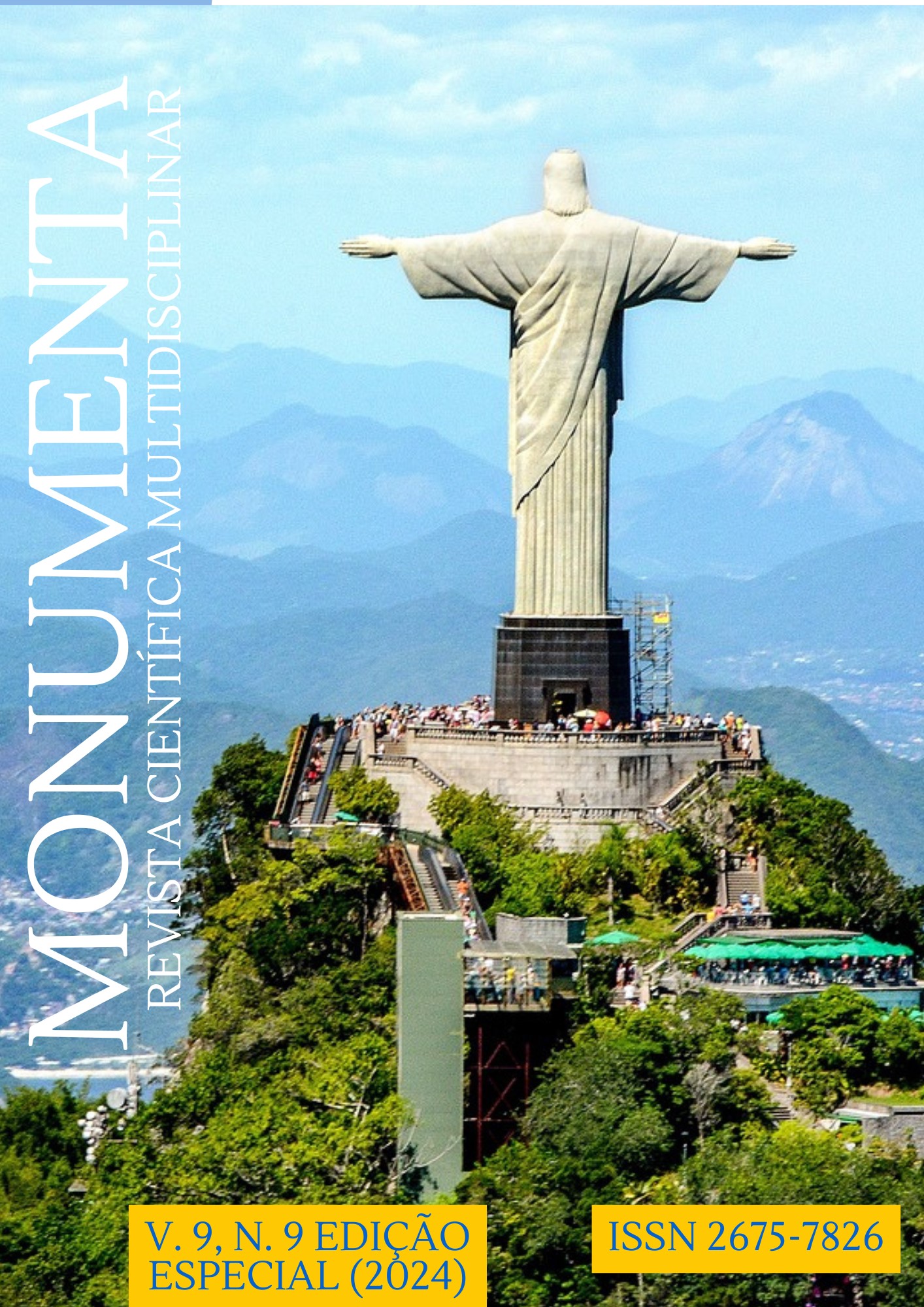Efficient scientific documentation integrating LaTeX and GeoGebra
DOI:
https://doi.org/10.57077/monumenta.v9i9.264Keywords:
Mathematical equations, Academic writing, Mathematical visualizationAbstract
LaTeX is widely recognized as one of the best typesetting systems for producing scientific documents, due to its ability to handle mathematical formulas, complex equations and the creation of texts with high typographic quality. In addition, its use facilitates the organization and standardization of documents, making it an excellent alternative for those looking to optimize the preparation of articles, reports and academic papers. The aim of this mini-course is to introduce participants, especially mathematics undergraduates and other interested parties, to the advantages of using LaTeX as a tool for technical and academic writing. The mini-course will last four hours and will use an expository and practical methodology, where participants will be able to follow LaTeX constructions in real time and reproduce the examples using Overleaf, an online platform that allows collaborative editing of texts in LaTeX without the need to install software. The basic commands of the language will be covered, from structuring texts to inserting equations and tables. A special feature of the mini-course will be its integration with the GeoGebra software, which allows the code for graphs and geometric figures built in it to be exported to LaTeX. This combination aims to give students a comprehensive view of the tool's potential, highlighting both the flexibility of LaTeX and the ease with which GeoGebra complements mathematical content. Finally, it is hoped that the mini-course will enable participants to acquire the necessary skills to create their own academic documents in LaTeX through Overleaf, using GeoGebra to support the creation of high-quality mathematical illustrations.


